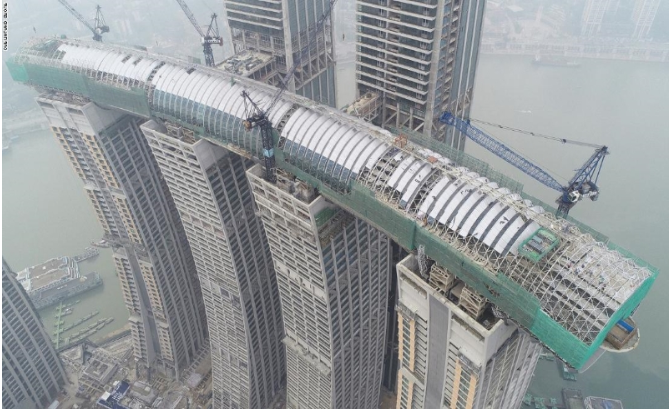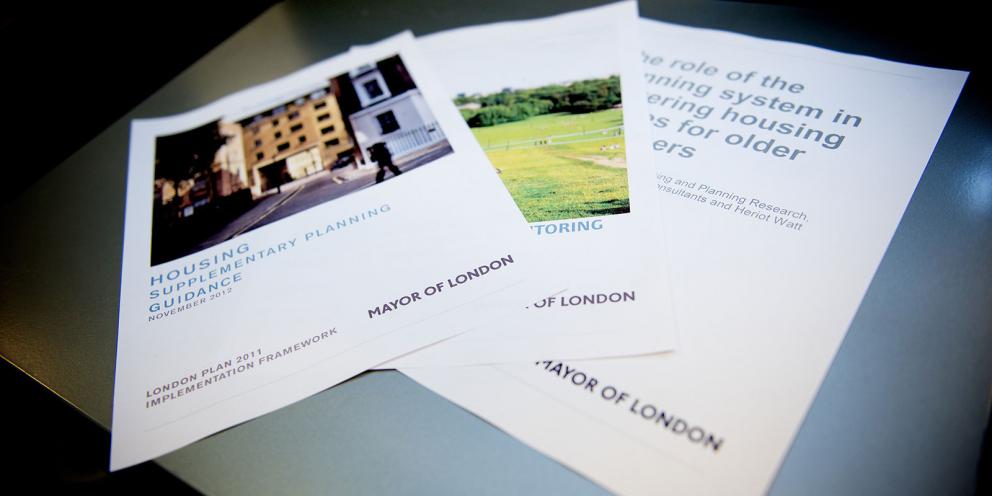Our density project (click here to the webpage for this project) explores the experiences of residents living in high-density housing schemes across London. We decided to look at different high-density building typologies (minimum 150 dwellings per hectare) to acquire a more general understanding of what density means, rather than focusing on high-rises. In this way our approach has differed from previous work on the experience of verticality (Baxter & Lees, Ghosh). Among the 14 schemes chosen, only 3 could be considered ‘tall buildings’: more than 20 storeys (NLA, 2018). That said, many parallels can be drawn between research on high density and high rise housing and, in many ways, high-rise urbanism can inform our knowledge of density.
Radical Verticality: Critical Explorations of High-Rise Urbanism was the theme of 3 sessions at the RGS-IBG Annual Conference in late August. The sessions looked at vertical urbanism through the lens of human geography and planning studies, often involving ethnographic research methods.
We first heard about extreme verticality. This involved examining verticality as an inspiration for science fiction literature (Thomas Kelly, King’s College London, on Hao Jingfang’s Folding Beijing). Here science fiction also appeared as a lesson (or warning) for future developments. Secondly, verticality was explored as a spectacle using the example of Chongqing (Asa Roast, University of Leeds). This Chinese city has transformed its extreme architecture into a tourist attraction.


Finally, the notion of verticality as a controversy was considered via a film made by Andrew Harris and Tom Wolseley, exploring the rise of the Shard as a landmark in London.
The second session explored planning challenges linked to high-rise urbanism. Hung-ying Chen looked into urban air rights (development rights to build upwards) in Taipei and Hong Long. Her work challenges how we conceptualise sprawl and brings forward the concept of vertical/volumetric urbanism.
In the next presentation, Casper Laing Ebbensgaard (Queen Mary University of London) questioned planning law, describing the often ambiguous guidance ‘open for (improper) interpretation’ in the context of vertical urbanism. His paper particularly focussed on access to light for residents of new high–rise buildings and gave the example of new developments in Aldgate East.
Nicole Cook (University of Wollongong) tackled a very topical subject: cladding on high-rise towers. Giving the example of a Melbourne apartment block, she argued in her paper that ‘policy settings facilitated (and effectively legalised) widespread negligence, not only in the use of flammable building materials but in the production of immunity for both certifiers and building and construction firms against the costs (and consequences) of flammable cladding.’
One of the risks of high–density buildings is that they might cater to the needs of only one section of the population. Our observations, for example, suggest that families are less likely to live in such schemes. Nicholas Revington (University of Waterloo) researched the studentification of some areas of Waterloo, Canada, creating density in otherwise dispersed cities. He exposed how “post-studentification” strategies in the city are attempting to retain a non-student population in those particular areas.
The last session – in which we participated – looked more into the experience of density. Mor Shilon (Technion – Israel Institute of Technology) explored how the vertical environment produced ‘different relations to the city by its users [as well as] mechanisms of inequality and exclusion based on the affective capacities of high-rise housing.’ This phenomenon of exclusion was also pointed out by Bilge Serin (University of Glasgow), who analysed the marketing material of branded housing projects in Istanbul. She argued that these projects create a different urban environment, isolated from the rest of the city and under surveillance. Interestingly, like for many housing developments we have studied in London, these advertisement documents put a great emphasis on open spaces and amenities, rather than the housing itself.
These sessions brought together fiction and non-fiction, questioning the fine line between good and bad verticality. In comparison, our findings seem somewhat more positive, showing that there was no pushback against density in our selected schemes. There were no big differences in the results between respondents living in towers and those living in other schemes. However, the research presented at RGS exposed the risks of high–rise buildings, providing an additional argument for exploring alternative high–density typologies in London.




